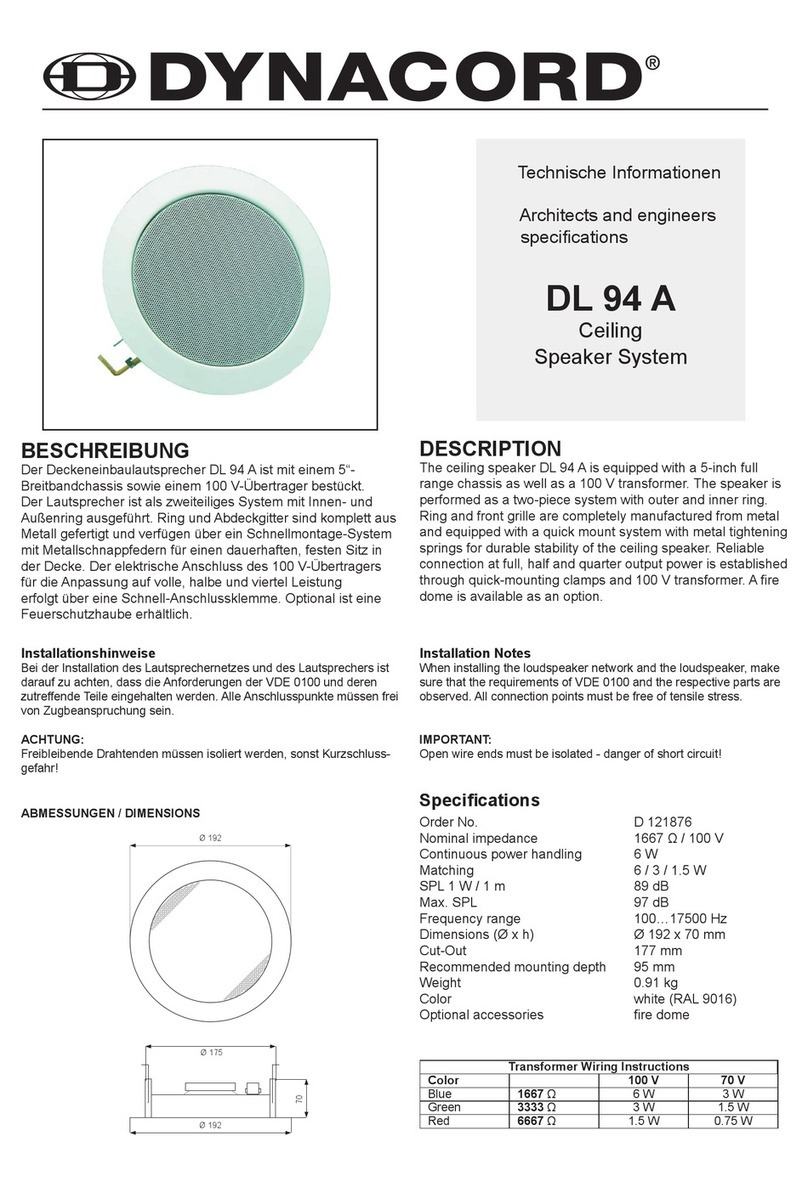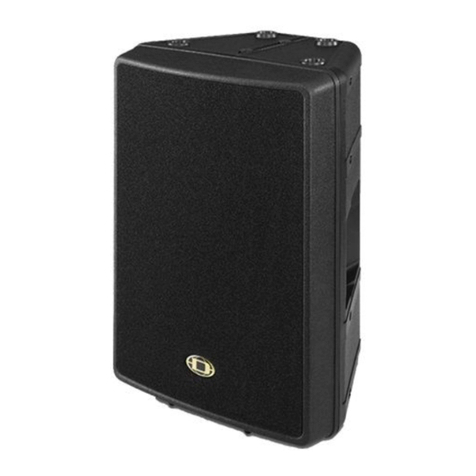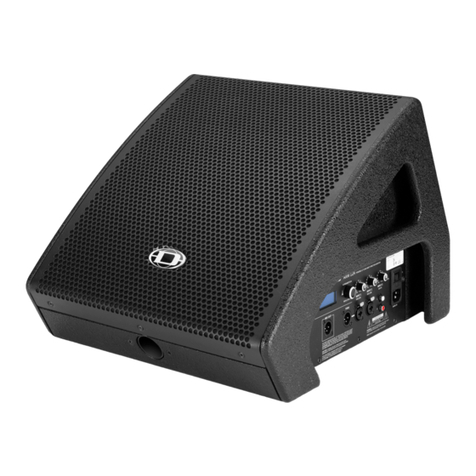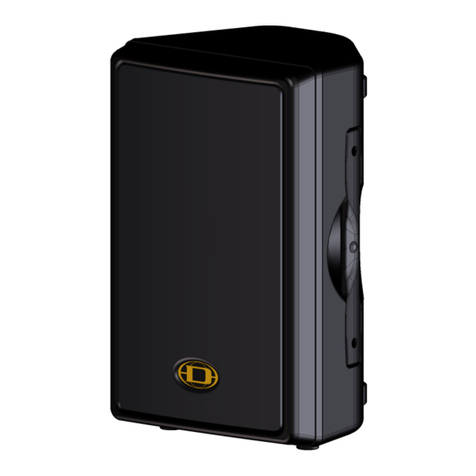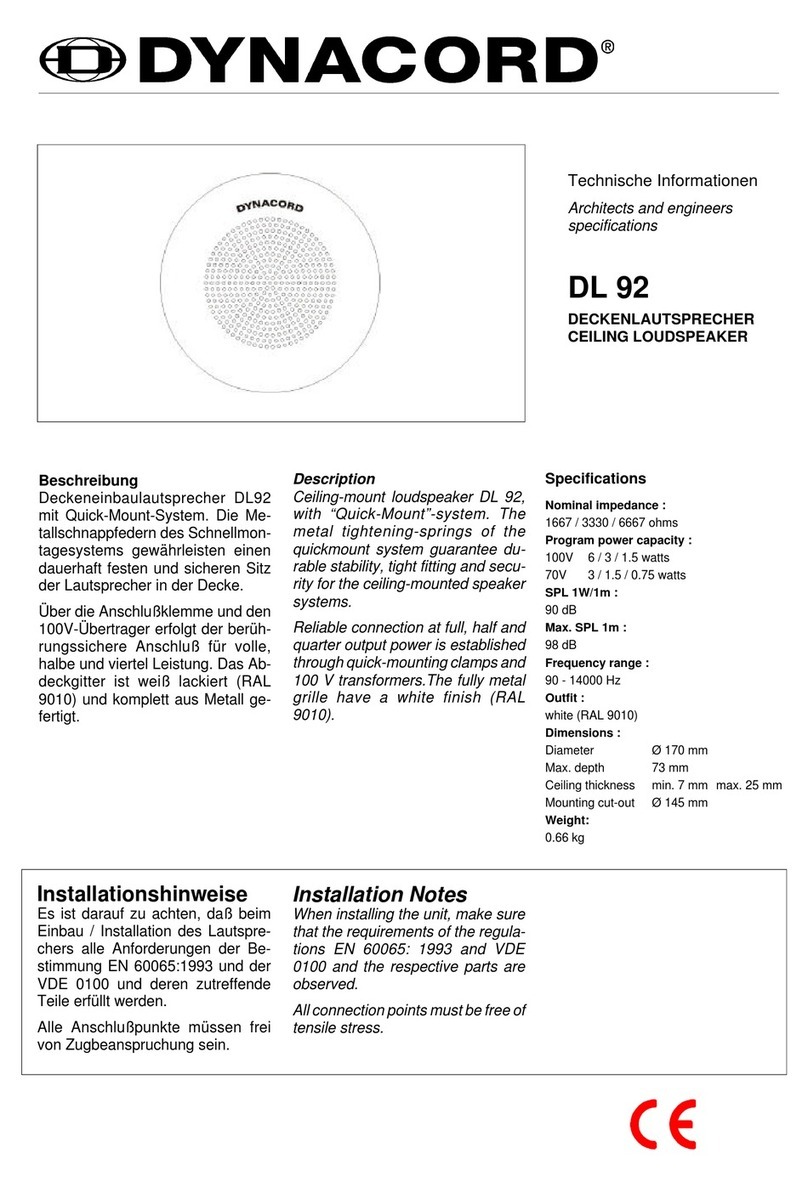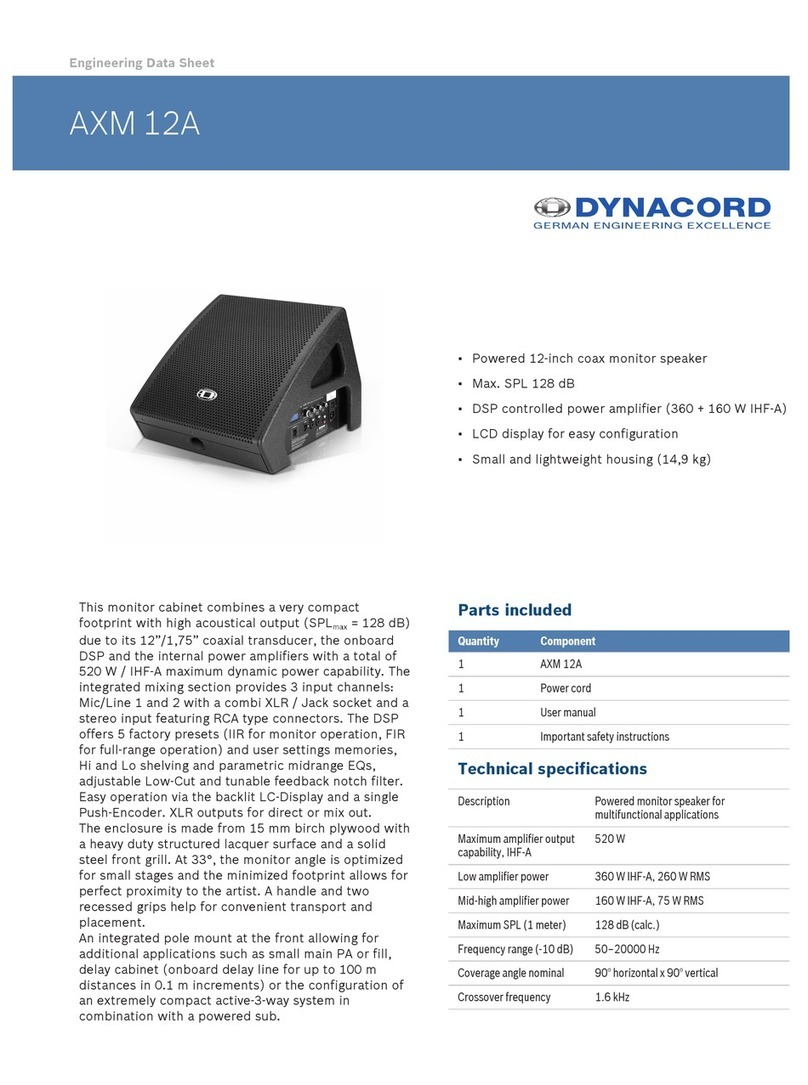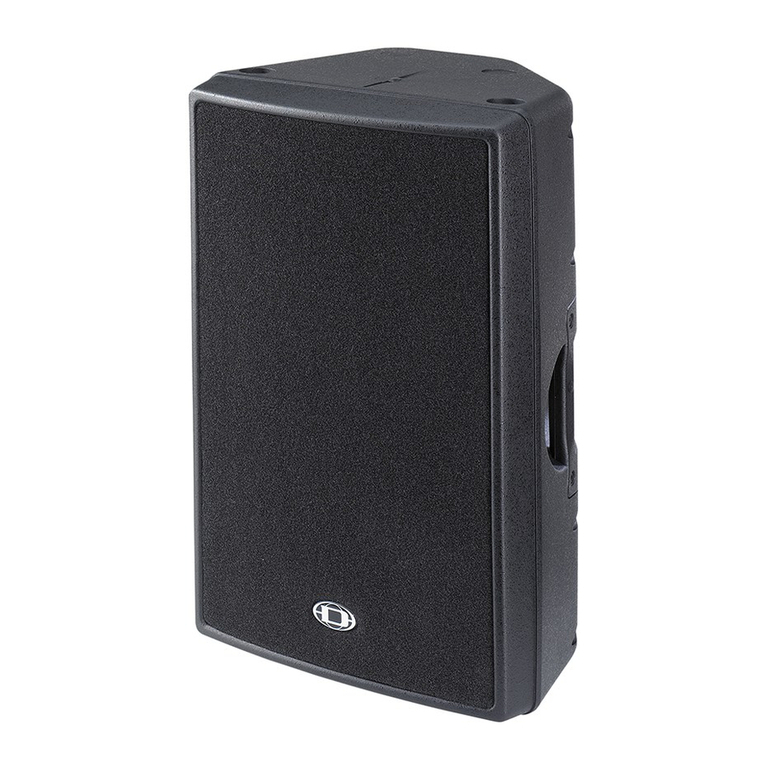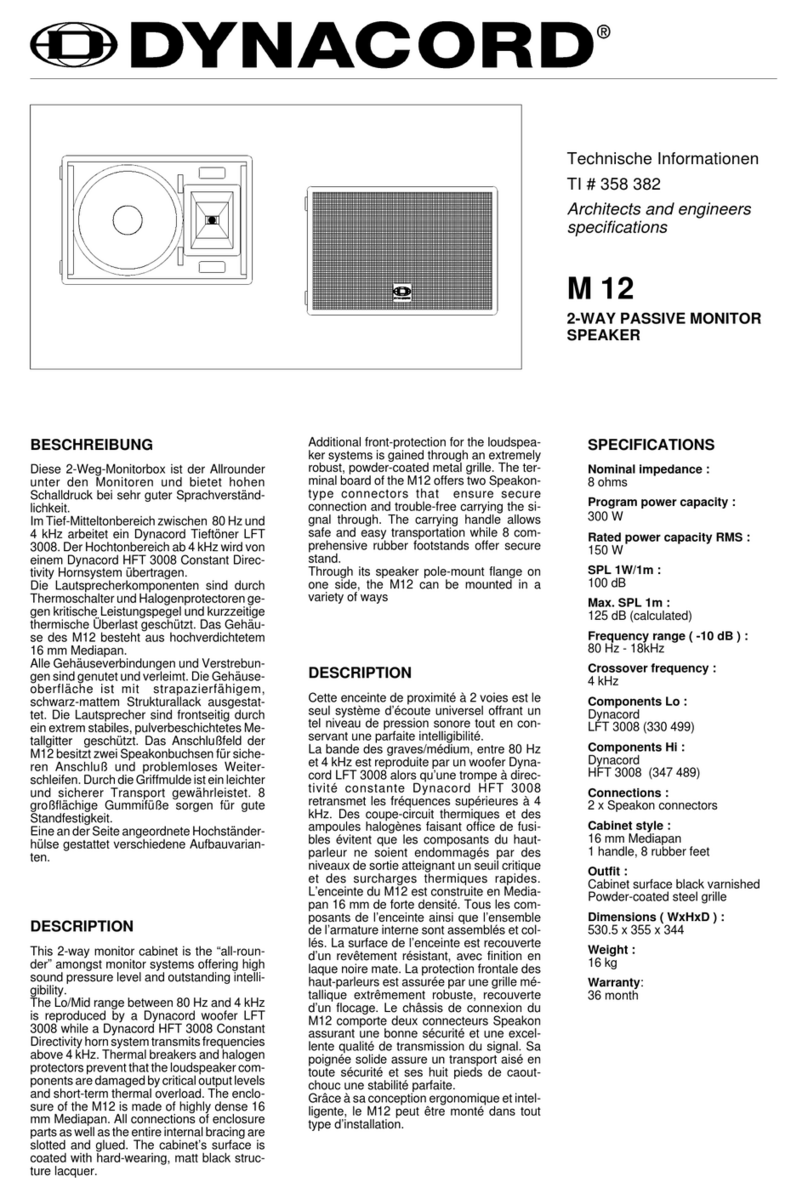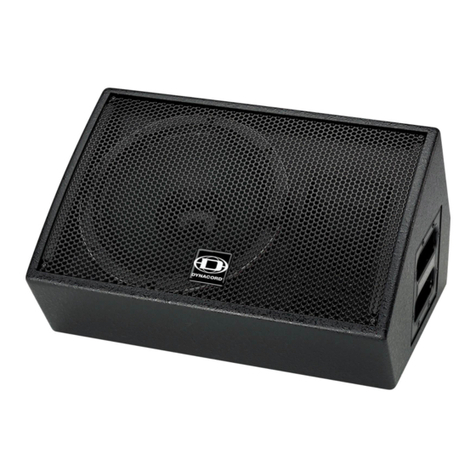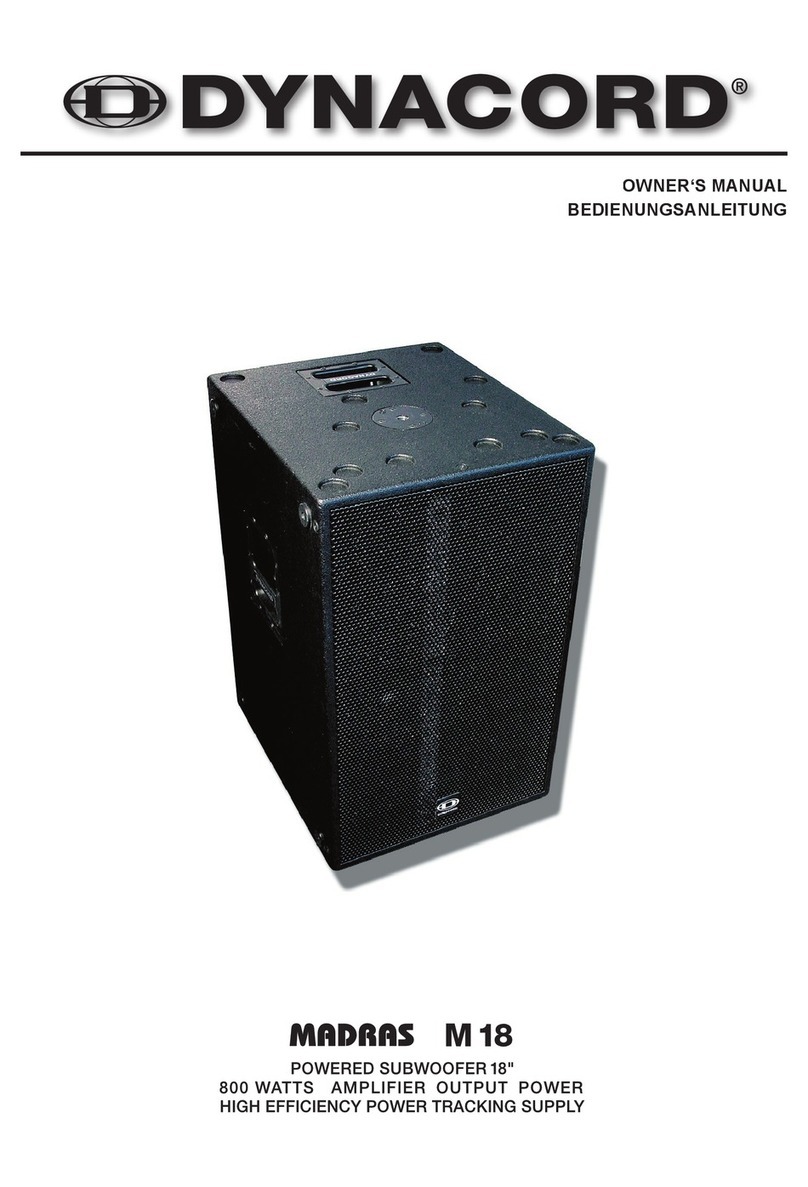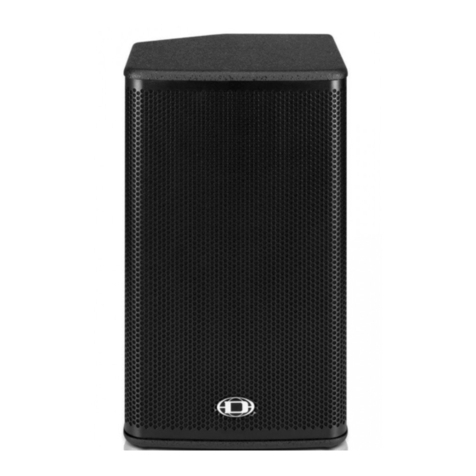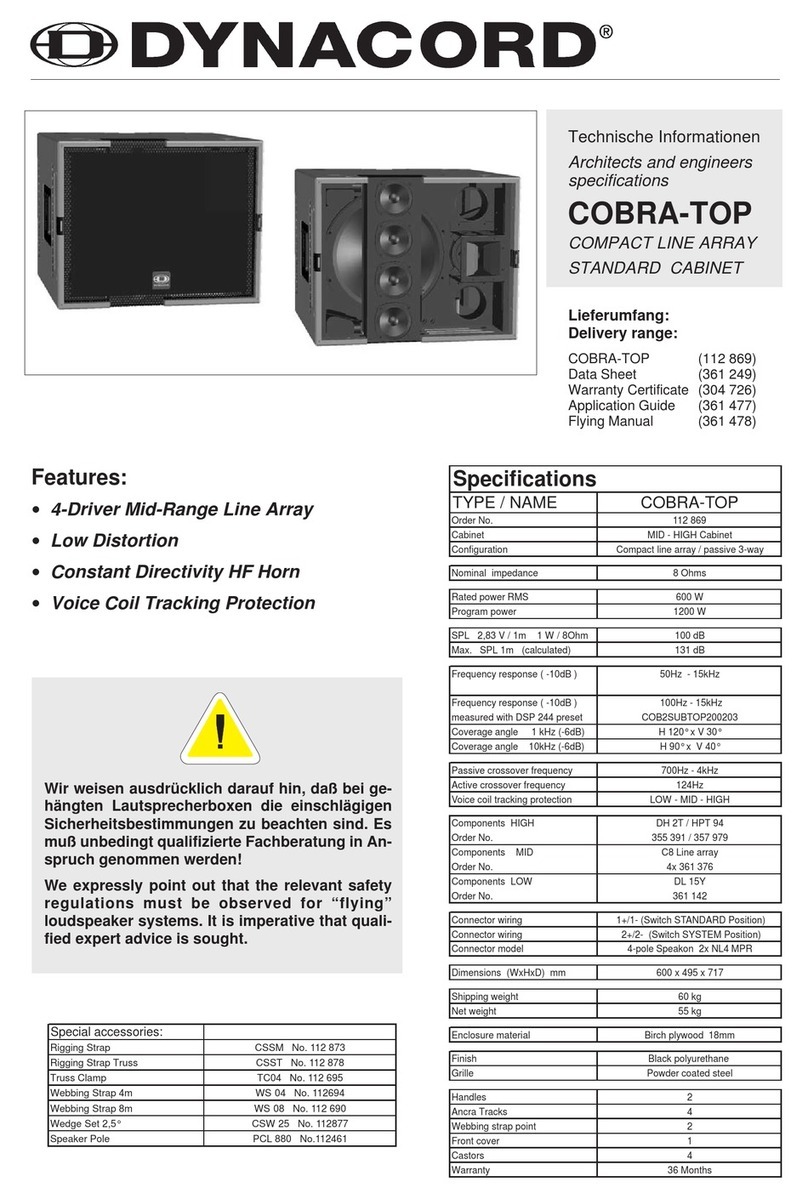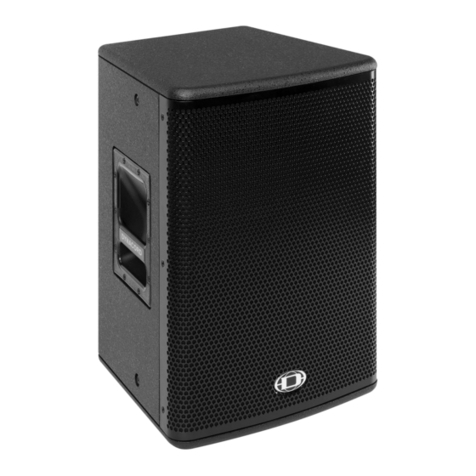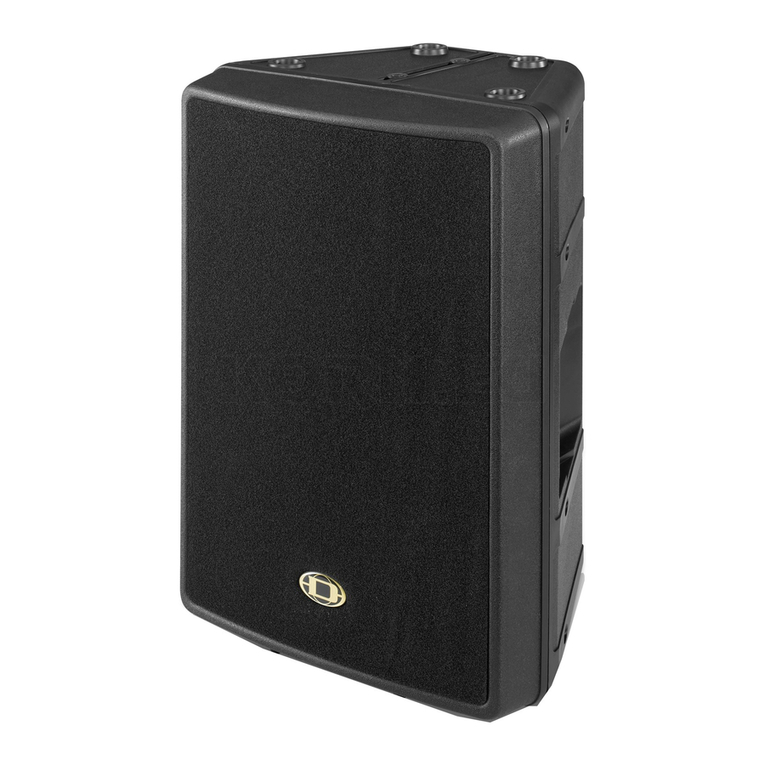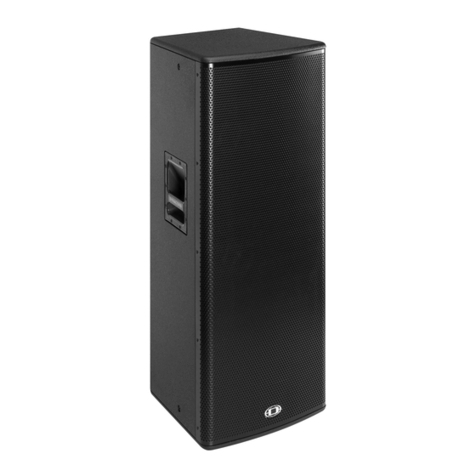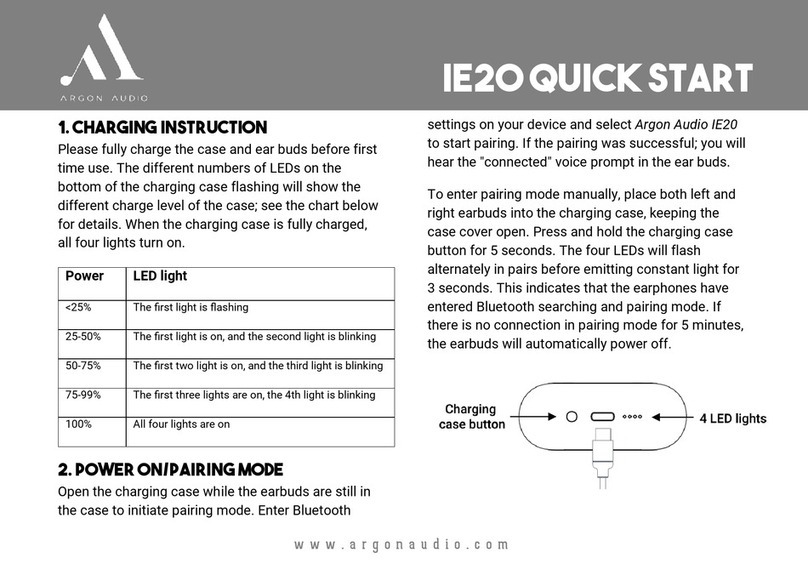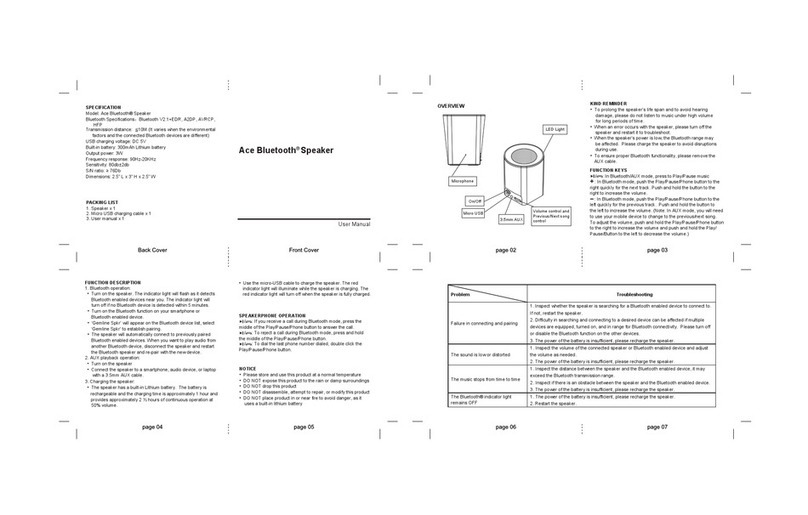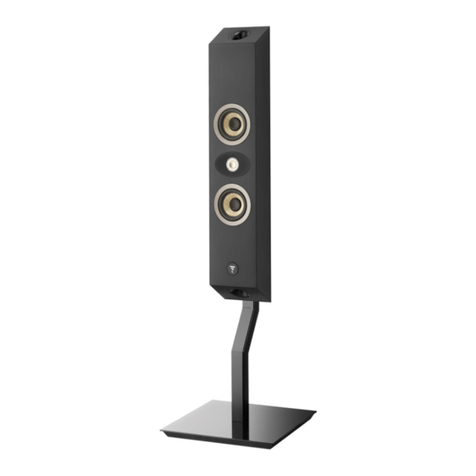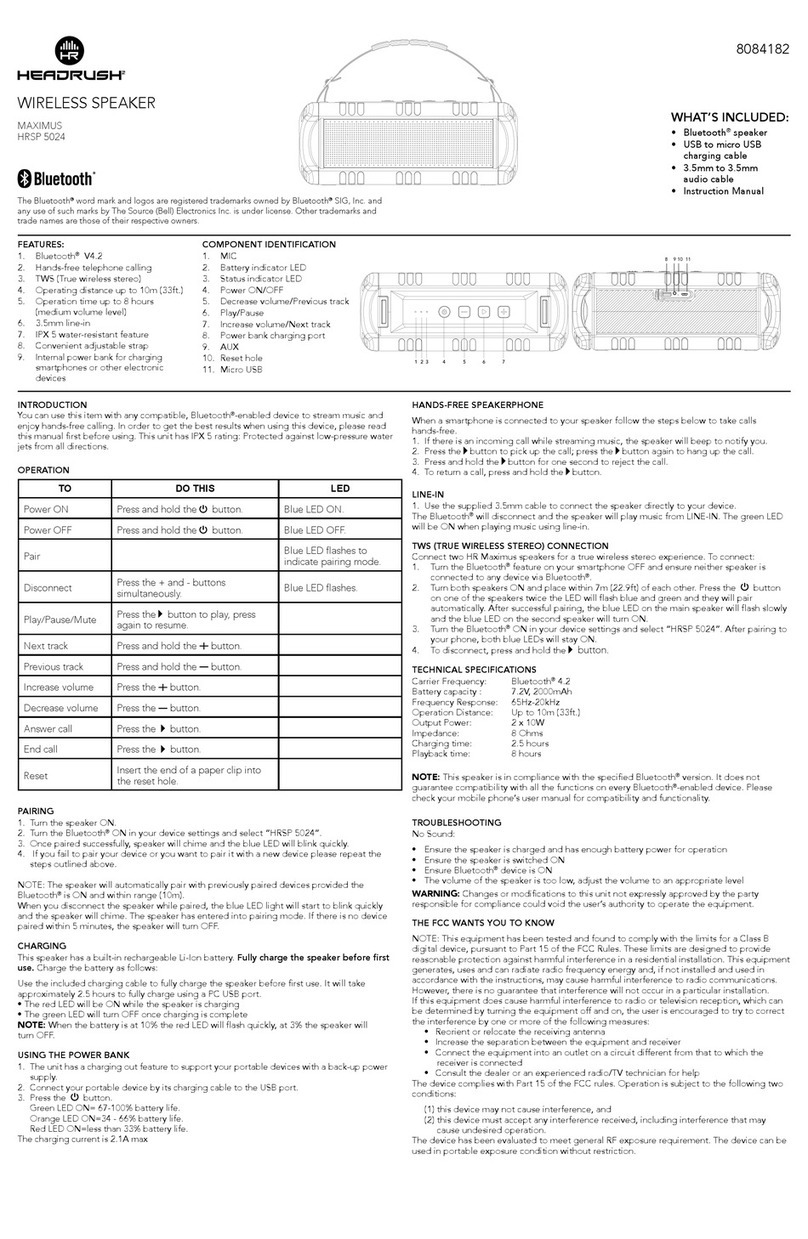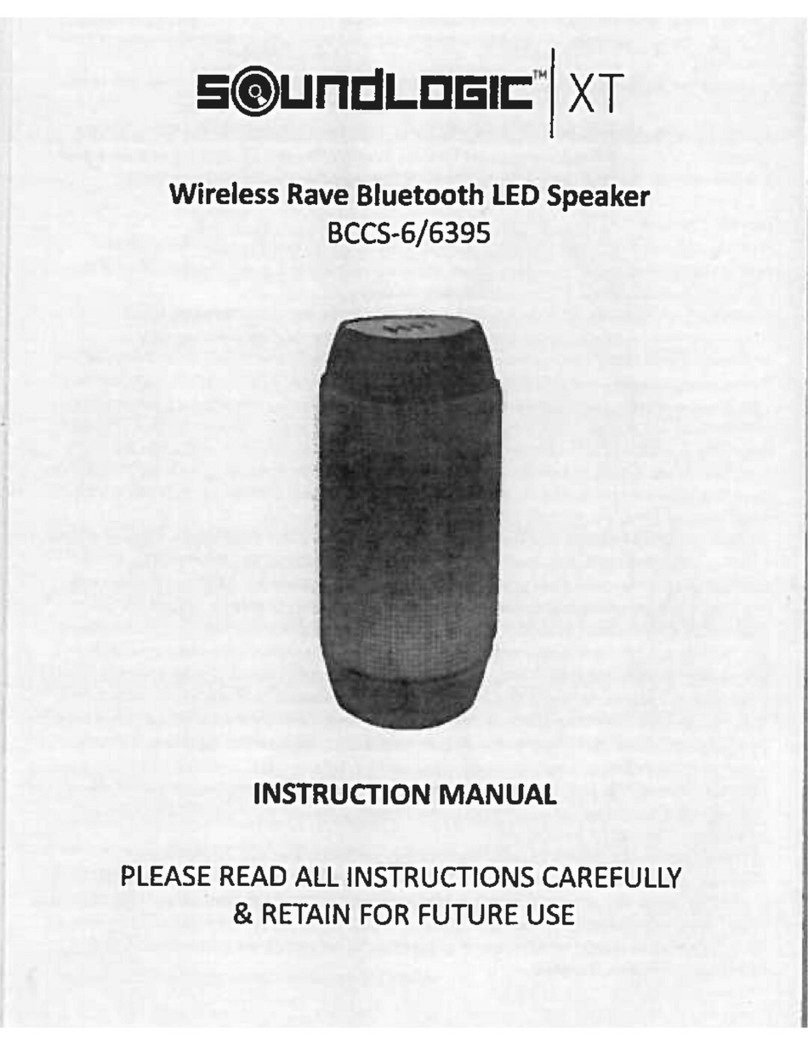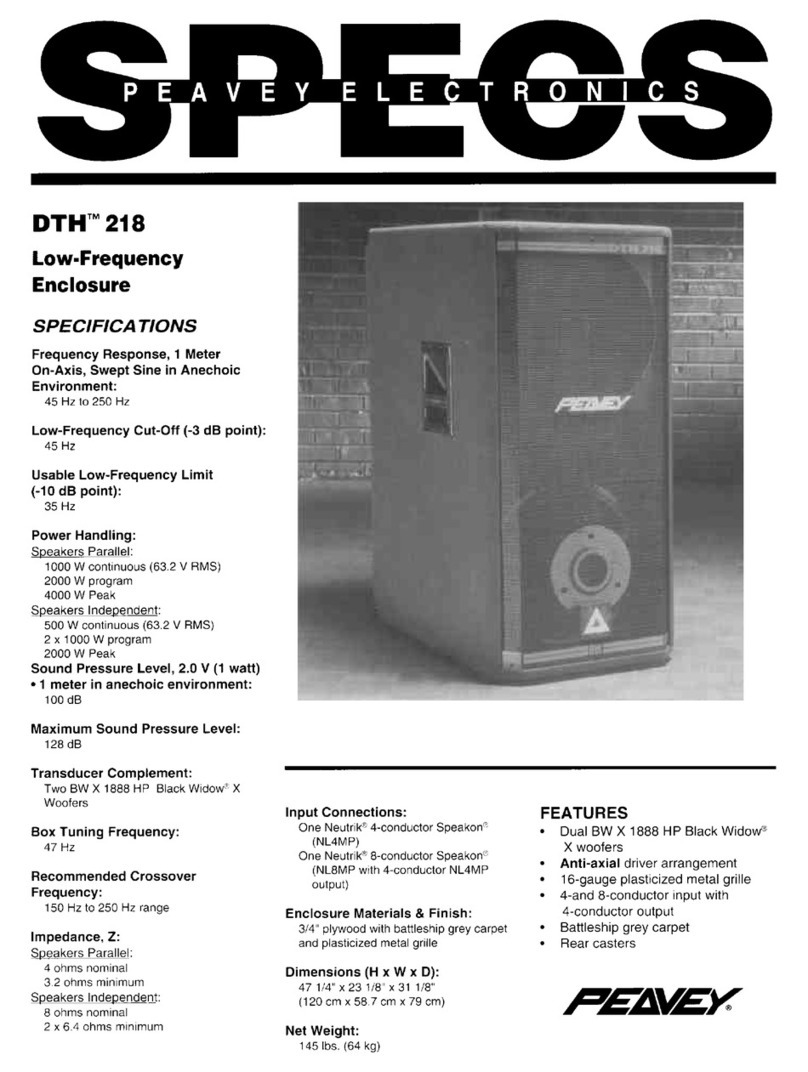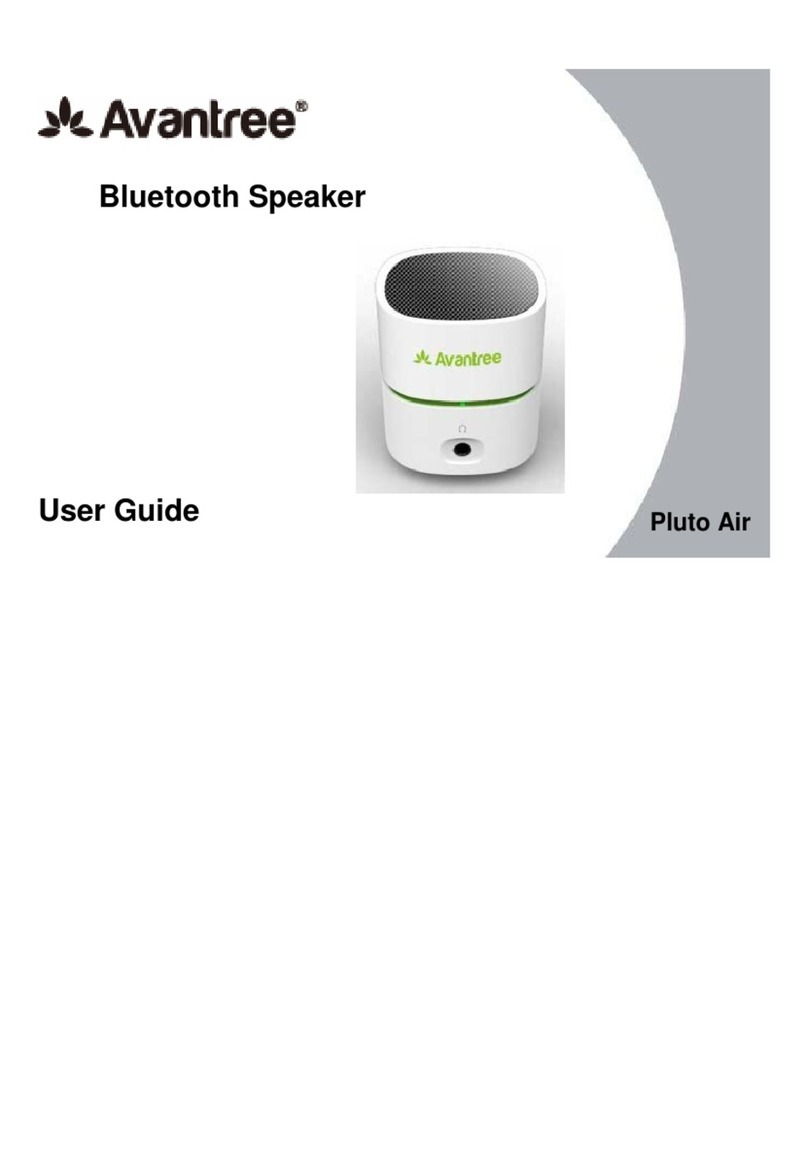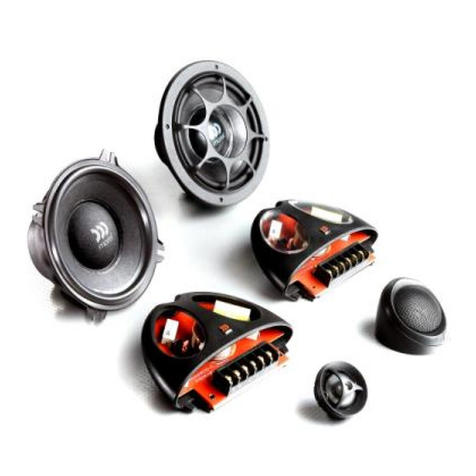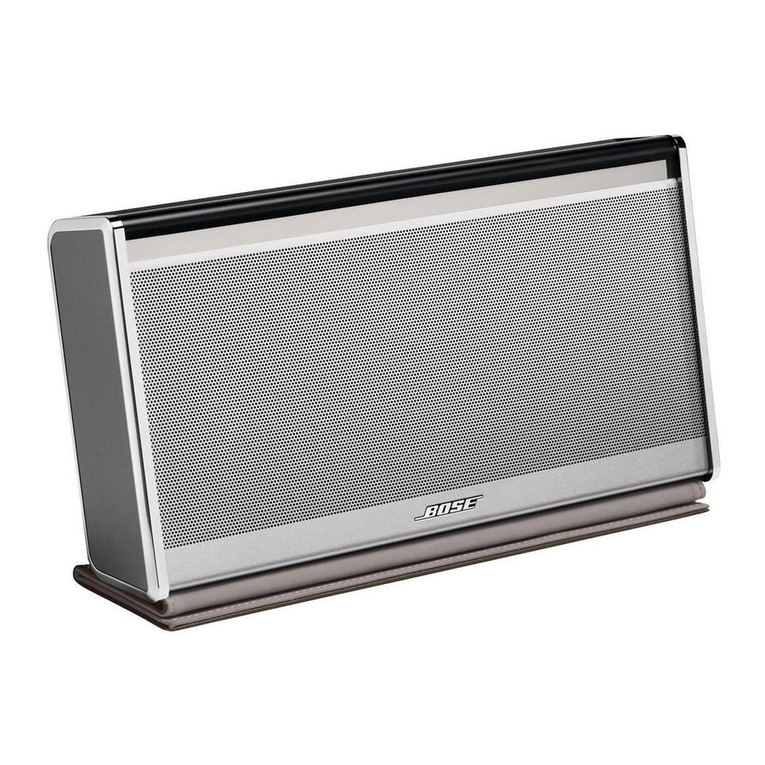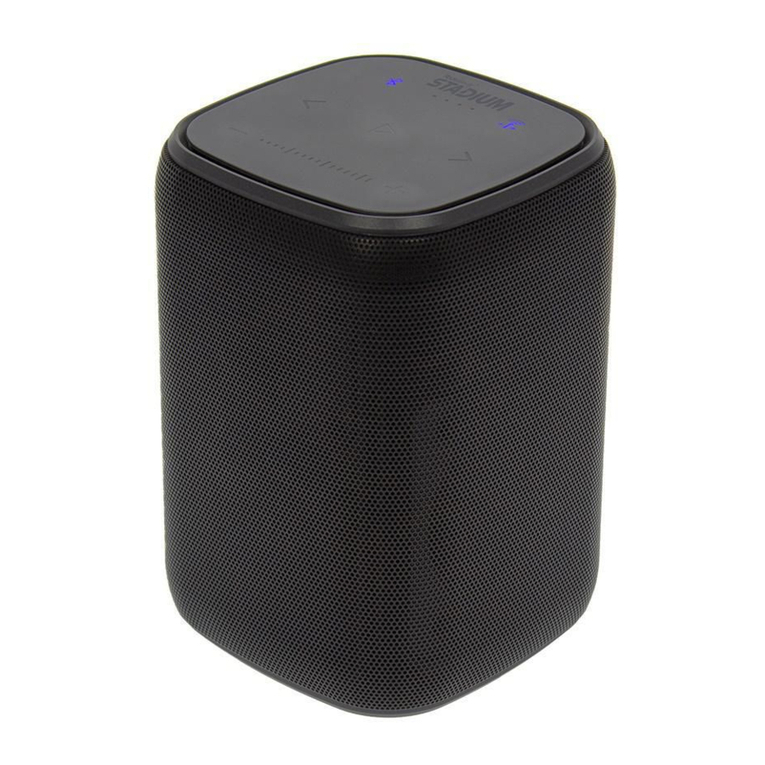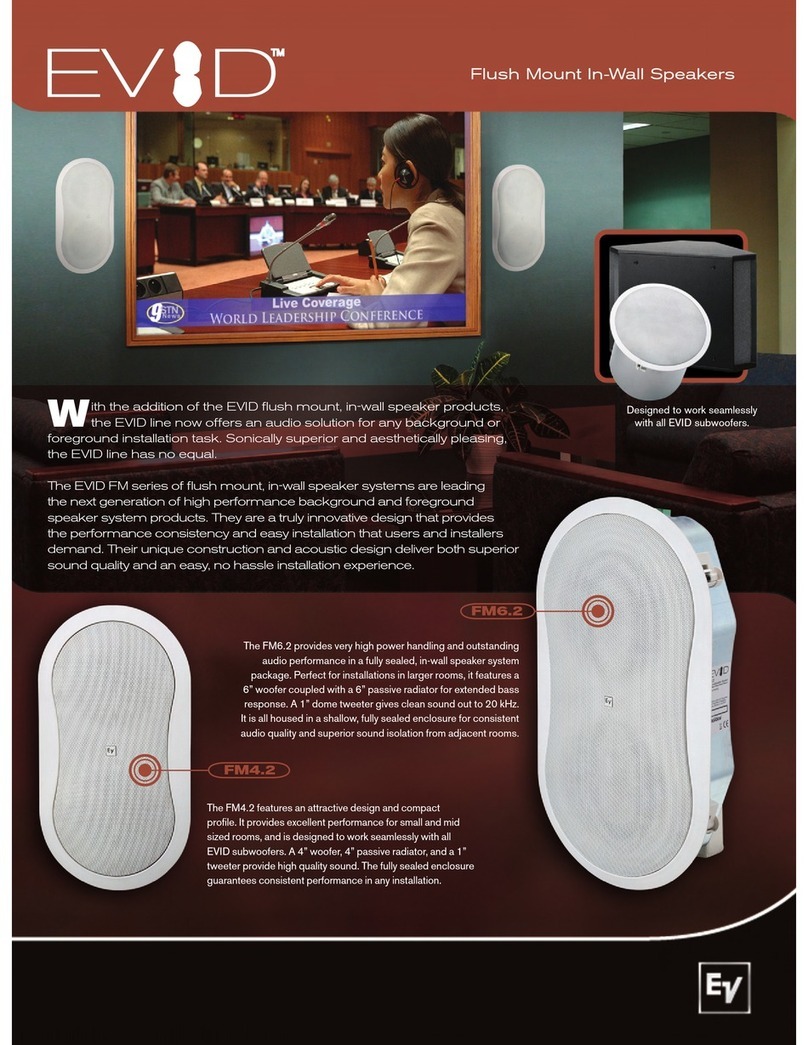special reprint 12/09_01/10 production partner
3
a danger of overload). The tweeter is not,
however, fully switched off when this
occurs but driven via two light bulbs con-
nected in series, which offer secure prote-
ction against burnout. When the overload
condition no longer exists, the bulbs are
once again bypassed by the relay. A switch
on the panel allows you to choose between
Passive and Active modes.
In active mode, both the passive filter and
the high frequency protection remain in
the signal path, only the input to the passi-
ve crossover is now split so that the HF and
LF can be driven separately via pins 1 and 2
of the NL4 connector. This obviates the risk
of defects caused by faulty wiring. In active
mode, the only thing to bear in mind is that
the passive filter is already in the signal
path. The crossover frequency in the active
version can no longer therefore be raised
significantly beyond the 1.2 kHz of the pas-
sive filter, which is in any case something
best avoided. For active mode – naturally
for passive mode as well – Dynacord recom-
mends a power amplifier from its own
Power H series equipped with the control-
ler module IRIS-Net RCM-26. The H5000
power amplifier and the RCM-26 module
were already the subject of a detailed test
report in PRODUCTION PARTNER (Issue
10/2007) so we only need outline here tho-
se functions most relevant to the CXM 15.
IRIS-Net software and the RCM-26 module
The Intelligent Remote Integrated Supervi-
sion software platform (IRIS), which has
been available now for seven years, con-
tains the manifold control and supervision
functions for Dynacord and EV power
amplifiers and loudspeaker controllers
equipped with their own DSP systems.
Independently of any signal processing
functions, the RCM-26 module adds a two-
channel digital input and output in
AES/EBU format, a CAN bus interface and
two GPIO control and supervision conne-
ctors for external functions to the power
amplifier. The networking for the remote
supervision and remote control is handled
by the CAN bus.
To connect to the PC, a further USB/CAN
adapter is therefore needed. The UCC1
supplied for the test offers in addition to its
adapter function the possibility of listening
in to the signals of the connected amplifier
via an audio output, which is especially
practical when searching for errors.
For remote supervision, IRIS-Net offers a
series of useful functions both for the
power amplifiers and the connected loud-
speakers. In addition to pilot-tone supervi-
sion, these allow the load impedance of the
network and the prevailing thermal condi-
tions to be checked. Another very impor-
tant function is measurement of the impe-
The RCM-26 IRIS-Net module
dance of the connected loudspeakers. Here,
instead of a single reading, an entire impe-
dance curve for the frequency range 20 Hz –
20 kHz is measured. This can then be com-
pared with a stored tolerance mask (see Fig.
14) so that a reliable judgement can be for-
med as to whether the connected loudspea-
ker is still perfectly OK or in fact defective.
With this type of measurement, you can
make a reliable and at times highly specific
diagnosis of most loudspeaker errors. Such
a function is extremely useful for the
supervision of fixed installations but even
more so in the touring and rental sectors, as
it makes it possible to conduct a swift and
reliable check at the end of each show to
make sure all the loudspeakers connected
are still functioning correctly.
The RCM-26 controller in the H5000 power
amplifier offers the choice of running the
CXM 15 in either active or passive modes –
in each case with either IIR or FIR filters.
With 2 x 2.5 kW of sustainable power into 4
ohms, the H5000 naturally offers more
than enough power for the operation of the
CXM 15, so one can easily imagine a confi-
guration with four boxes per channel and a
total load of 2 ohms. In this case, the H5000
would deliver 3.3 kW per channel with 825
watts going to each box. The CXM 15's
power handling is given as 900 watts pro-
gram and 450 watts RMS, so this configura-
tion should suit it nicely. One H5000 can
power eight CXM 15s in passive mode and
four in active mode.
Measured values
The connectivity of the CXM 15 with its
individual LF and HF paths when set to bi-
amp mode makes it easy to measure the
two paths separately. What this reveals
immediately is how well the two interact in
the 1.2 kHz crossover zone. Fig. 1 illustrates
this nicely. Despite the simple design of the
passive crossover, the response when the
two paths are summed is linear. Between
200 Hz and 3 kHz, the sensitivity is just
under 100 dB; above 3 kHz it is around 103
dB. The fine interference structure in the
high frequency range is not the fault of the
driver but largely an unavoidable side-
effect of the grille, as the black line sho-
wing the response when the grille is remo-
ved makes plain. Since the grille inevitably
